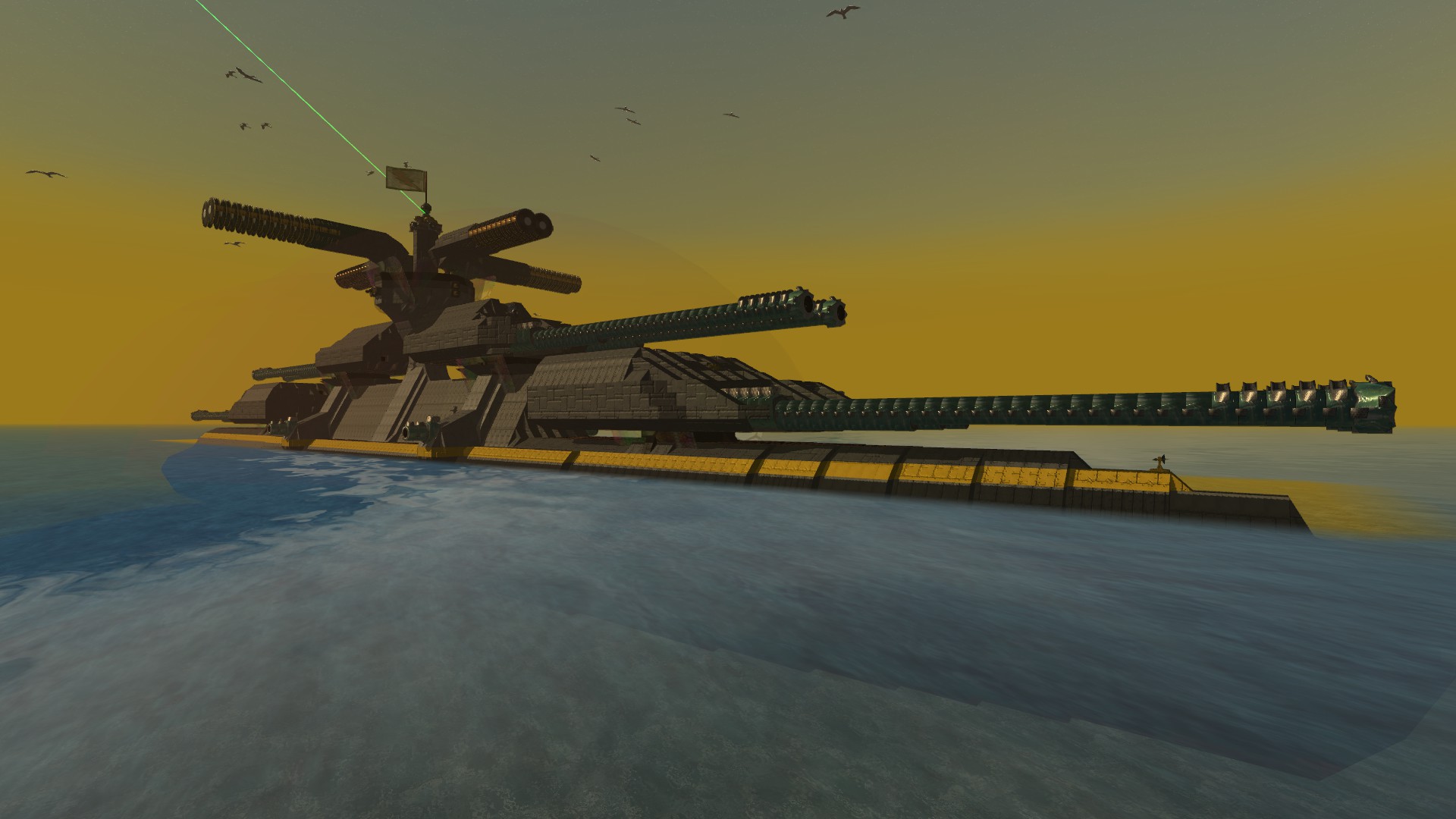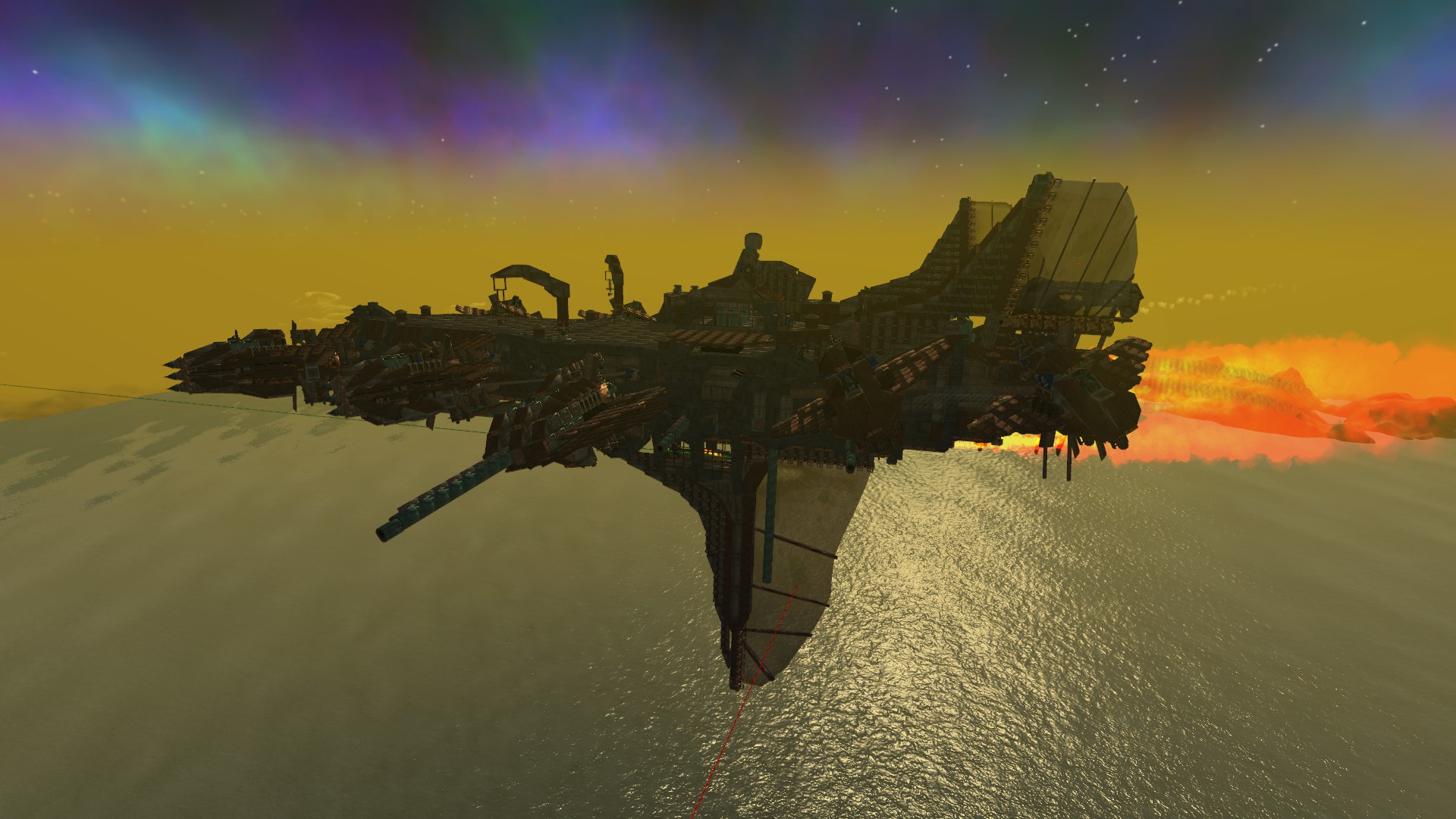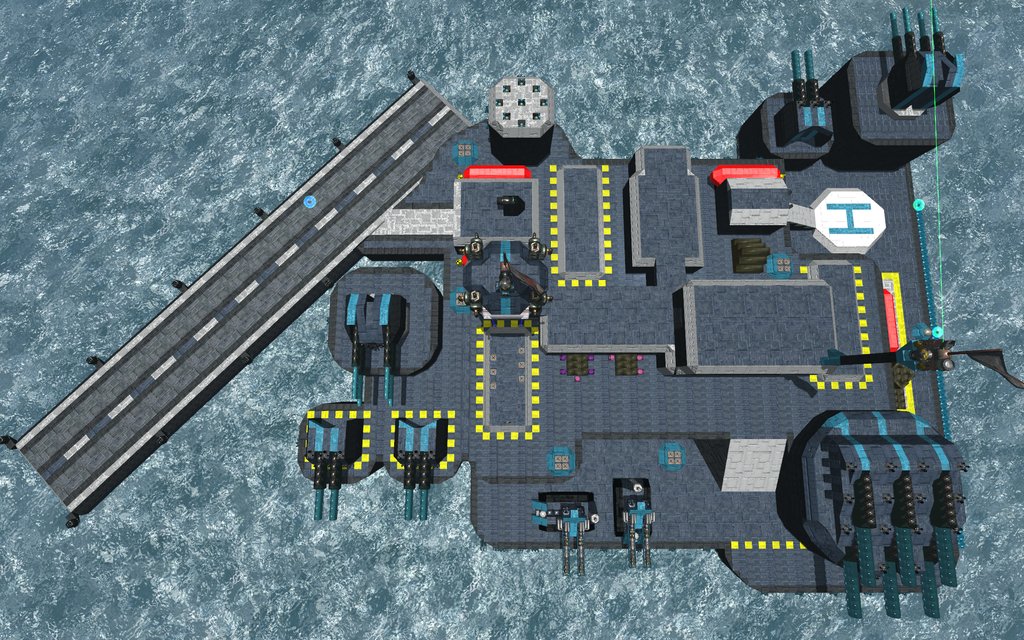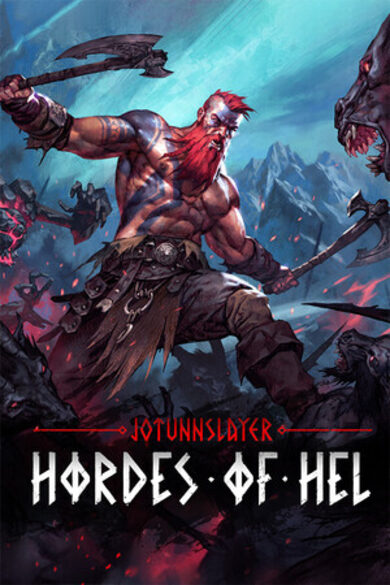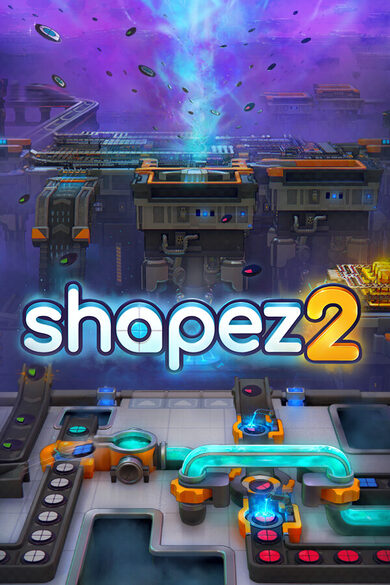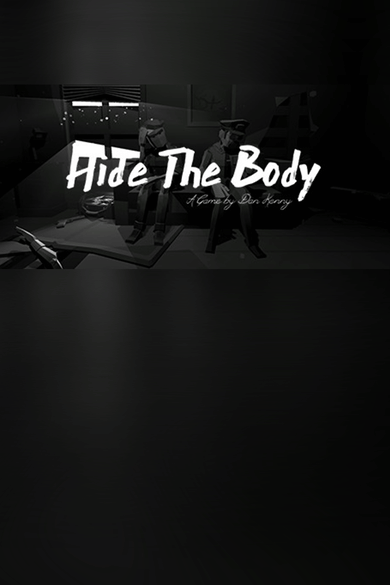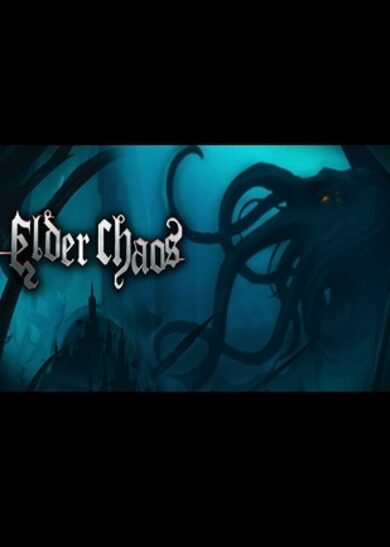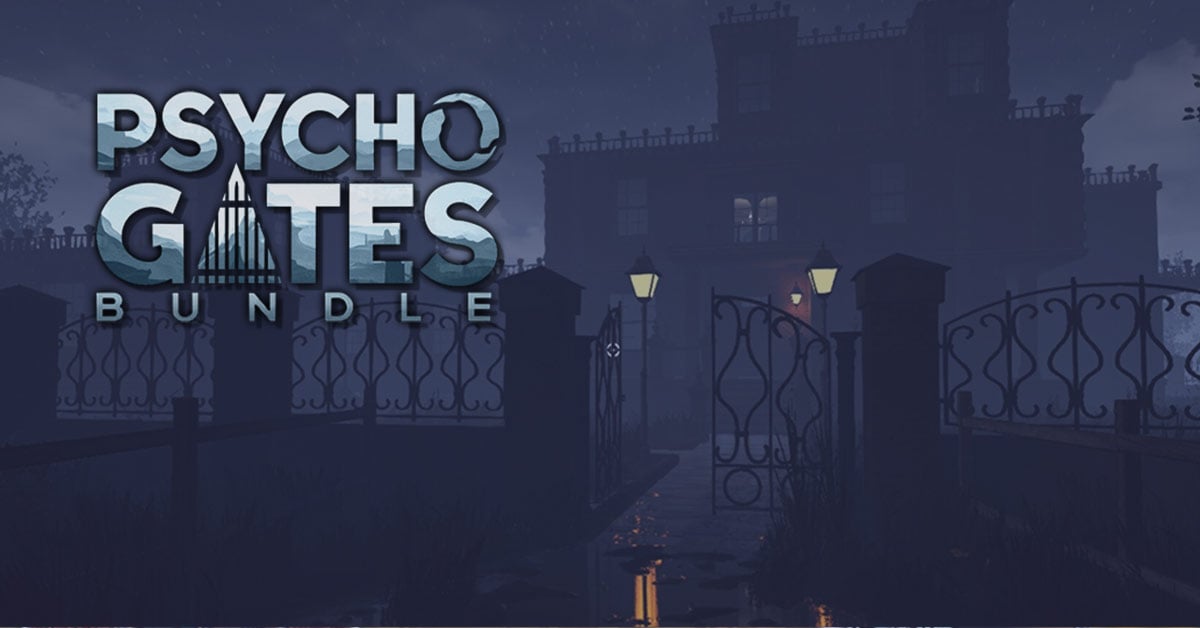Summary
In From the Depths you can build and take first-person command of battleships, planes, submarines, space ships, hot air balloons and more! The game is currently in alpha and contains a wide range of single player content including:- A creative mode allowing you to push your designs to the limit and ensure the total annihilation of your opponents.
- A campaign waged over hundreds of islands against eight unique factions.
- A Story Mode where you can (eventually!) play 15 missions as each of the eight factions - a fantastic mixture of strategy, design and wild battles! Defend your fleet against waves of enemy forces in a series of extremely tough challenges that unlock new components.

Key Features
- Design and build your fleet, fortresses and structures however you want. The alpha currently has over 400 unique components blocks, not including 29 different components for making missiles, torpedoes, depth charges and bombs.
- The sky's the limit, you can equip your vehicle with - cannons, lasers, mines, bombs, missiles, torpedoes, propellers, rudders, jet engines, wings, hydrofoils, hot air balloons, anchors, fire control computers, blueprint spawners, repair bots, air pumps, automated control blocks and many, many more!
- Realistic physics - every block destroyed or added affects the vehicle's functionality, physics and control. Drag, inertia tensors, buoyancy and sealed compartments are all updated based on the design of your vehicle and the damage sustained.
- Be part of a fantastic community (http://www.fromthedepthsgame.com/forum), with new releases made on average once a week. Community organised challenges and blueprint sharing make it an extremely friendly place to hang out!

Customisable Components
The customisable components in From the Depths allow a unique level of engineering customisation:- Design custom missiles, bombs, depth charges and torpedoes by combining various warheads types, fuse types, IR seekers, laser beam riders, laser designators, thrusters, navigation algorithms, fuel pods, sonar seekers, buoyancy compartments and propellers, to deliver a truly bespoke weapon.
- Design custom cannons by combining four different barrel types and lengths with autoloaders, warhead types, ammo boxes and auxiliary components to create everything from AA cannons to howitzers.
- Design custom AI by combing an AI mainframe with 'AI cards' slotted into motherboard blocks. Add radar detection, laser detection and tracking and local weapon controllers to give partial or full control to AI. Create anything from a fully AI controlled aircraft carrier to a battery powered drone.
- Design custom engines using crank shafts, cylinders, carburetors, super chargers, exhausts and fuel injectors. Electric engines, generators and chargers are also available for backup power supplies and drones.
- Similar systems exist for the creation of anti-vehicle and anti-missile lasers, as well as drills that can cut even the largest of battleships in half.

Workshop

Stable 3.0.5.6 Steamy Update
Important QoL changes
Pressure differential, kinetic energy
kinetics loss
Reusing steam from pistons
Crank sizes
[b]Shape and volume considerations
[/b]
Propellers and transmissions
The previous system had very narrow and specific rules, had to break some of the designs using engines made under those rules to open steam up and add some variety. We are sorry about that, but it had to be done to make the game better in the long run.
With the release and steam being done the big breaking changes and reworks are out of the way.
The final version of steam engines is finally here! So lets go over the changes!
The difference between main power sources
- Fuel engines: versatile and the components are very cheap. If they arent consistently used at their maximum output they will cool down, and their efficiency will be above whats shown on the stat screens. Good for backups and craft with erratic power usage.
- Custom jet generators: efficient, but the components are very expensive to buy and have strict placement rules if you want to use their full potential. Very attractive if you already have a working jet engine, and just have to pay for the generator and some extra combusters/compressors. Cost-inefficient if they are consistently taking damage.
- Steam engines: very cheap components and they are much more compact than fuel engines with the same efficiency. No placement restrictions, but their efficiency drops sharply when they arent running at their maximum output. Good as the main power source of craft with consistent power usage.
Important QoL changes
- All components save the steam and kinetic energy they have when the craft is saved or pulled from play. On loading, everything is instantly restored to that point
- Boilers do not burn materials when they reached maximum pressure now, out of play resource usage is similar to the in-play one
- Crankshafts and multipurpose shafts are not separate anymore. If its a rod and it rotates it can connect to axis shift gears, propellers and drills.
- Reduction gears do not need to be and cant be stacked anymore. They were renamed to transmissions, see their pros and cons below
- The changes above hopefully emphasize the different pros/cons of steam and take away the focus from some usability problems
Pressure differential, kinetic energy
- Pistons and turbines have a fixed maximum steam throughput. How much steam can actually pass through them depends on the difference between input and output pressure (output pressure for turbines is 0)
- Pistons convert 40% of the steam passing through them to kinetic energy on the crankshaft, pass the remainder to their output
- Small turbines get 2 turbine blades for each body, large ones 1 blade for each body. How much steam they convert to kinetic energy depends on the input pressure, divided by the blade count. Lower pressure drop/blade = higher efficiency
- Piston and turbine output scales with the kinetic energy of the crankshaft or the turbines rotating assembly
kinetics loss
- Crankshafts and turbines both slowly lose a portion of their kinetic energy over time. This loss is proportional to rotation speed (so more significant at lower outputs), could be thought of as a combination of friction/inefficiency from lubricants gunking up at lower temperatures
- Each gearbox, crank, piston, crank generator, flywheel and turbine blade increases maximum kinetic energy loss
- At maximum output, this loss is low enough for steam to handily beat fuel engines, but gets more significant when power needed drops. You can combat it by shutting off by cutting steam from the rotating components, but youll still lose their stored kinetic energy over time and have to respin them when they are needed
Reusing steam from pistons
- Single-stage pistons and turbines now have decent stats, very high power density but low efficiency (still much higher efficiency than before)
- Feeding the piston outputs into another set of pistons or turbines adds another processing step and increases efficiency. Also reduces the pressure difference in the pistons whose output is reused, so total volume-efficiency goes down
- When you resuse piston steam you also add parts increasing kinetic loss, so how many steps are worth it depends on you crank size, layout and use-case. More stages mean noticeably higher kinetic loss: total output ratios
- This means your choice is between a dense+inefficient engine, or efficient+high volume one. The dense engine also has lower total mass and a lower portion of its output is kinetic loss, so tolerates changing demand better.
Crank sizes
- Small crank lines are the most power-dense, all efficiency-improvements are dropped in favour of being compact so they also have the highest relative kinetic loss
- Medium cranks have similar raw output to small ones, but their relative kinetic loss is much lower.
- They are slightly less dense and more efficient and lose less at lower output. Also, have higher relative crank mass so their response times are slower
- Huge cranks are very efficient and have a low relative kinetic loss. Volume-efficiency is slightly lower but still very good to compensate for the awkward form-factor
[b]Shape and volume considerations
[/b]
- Each individual piston and crank adds the same base kinetic loss, so sharing cranks between multiple pistons means that loss is slightly lower relative to the total output. Can also make the crank lines harder to place, especially for large-huge pistons
- Turbines can be very conveniently fit anywhere, so their base stats are slightly lower than something like 12 huge pistons sharing 4 cranks
Propellers and transmissions
- Transmissions are single blocks that can take a fixed amount of kinetic energy/s from their input shaft and add it to their output. Their output shaft has a minor kinetic loss
- Transmission braking takes away kinetic energy at the same rate, wastes the kinetic energy taken from the output shaft
- Steam propeller thrust scales with their rotation speed
- Steam propellers can now be used directly on the crankshaft, reducing volume and removing the minor kinetic loss. Also means their rotation speed cant be directly controlled
- Transmissions max output: input shaft rotation speed ratio can be set on the transmission. Twice the output rotation speed for propellers means twice the thrust, but also 4 times the kinetic energy stored (responds slower and wastes more energy when braking)
The previous system had very narrow and specific rules, had to break some of the designs using engines made under those rules to open steam up and add some variety. We are sorry about that, but it had to be done to make the game better in the long run.
With the release and steam being done the big breaking changes and reworks are out of the way.
[ 2020-11-06 17:33:15 CET ] [Original Post]
Minimum Setup
- Memory: 4 GB RAMStorage: 3 GB available spaceAdditional Notes: Steam connection required to play the game
- Storage: 3 GB available spaceAdditional Notes: Steam connection required to play the game
Recommended Setup
- Storage: 3 GB available spaceAdditional Notes: Steam connection required to play the game
GAMEBILLET
[ 6371 ]
FANATICAL
[ 6583 ]
GAMERSGATE
[ 3327 ]
MacGameStore
[ 2497 ]
INDIEGALA
[ 1732 ]
LOADED
[ 1040 ]
ENEBA
[ 32822 ]
Green Man Gaming Deals
[ 955 ]
AllKeyShop
[ 45577 ]
FANATICAL BUNDLES
GMG BUNDLES
HUMBLE BUNDLES
INDIEGALA BUNDLES
by buying games/dlcs from affiliate links you are supporting tuxDB


